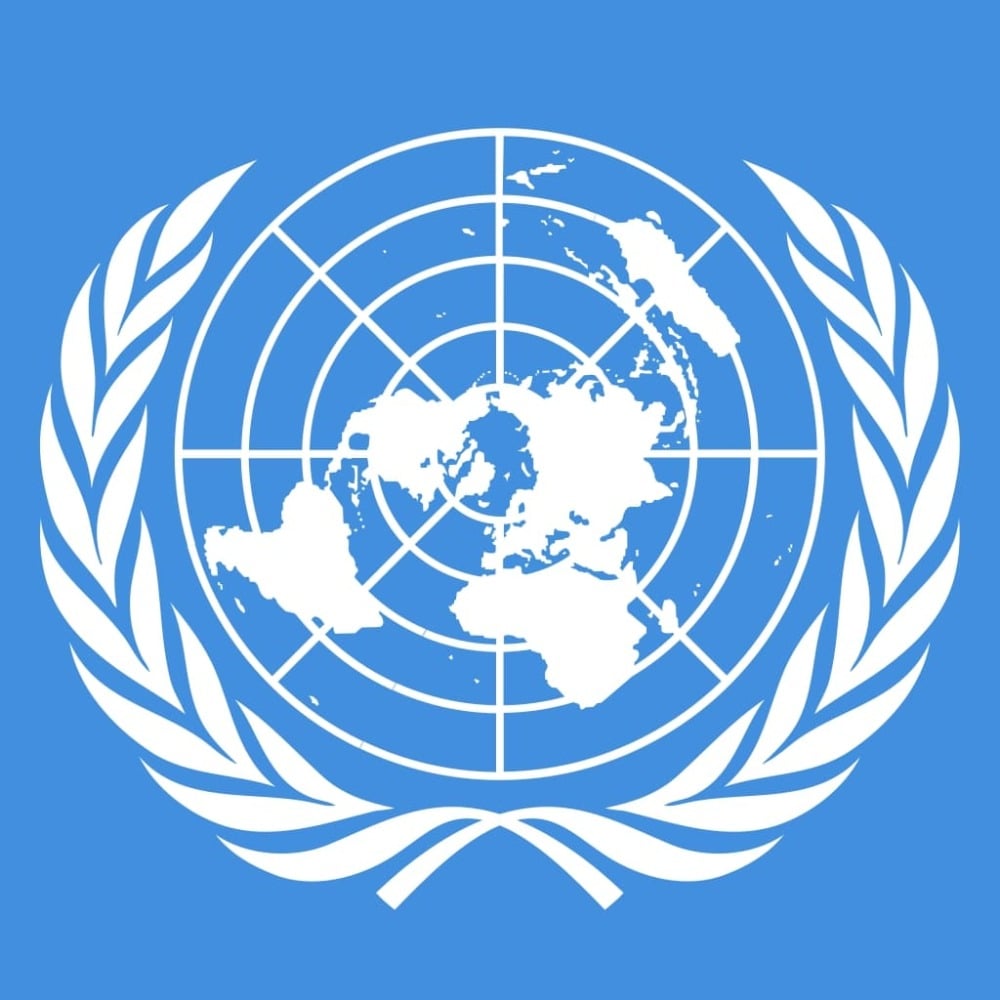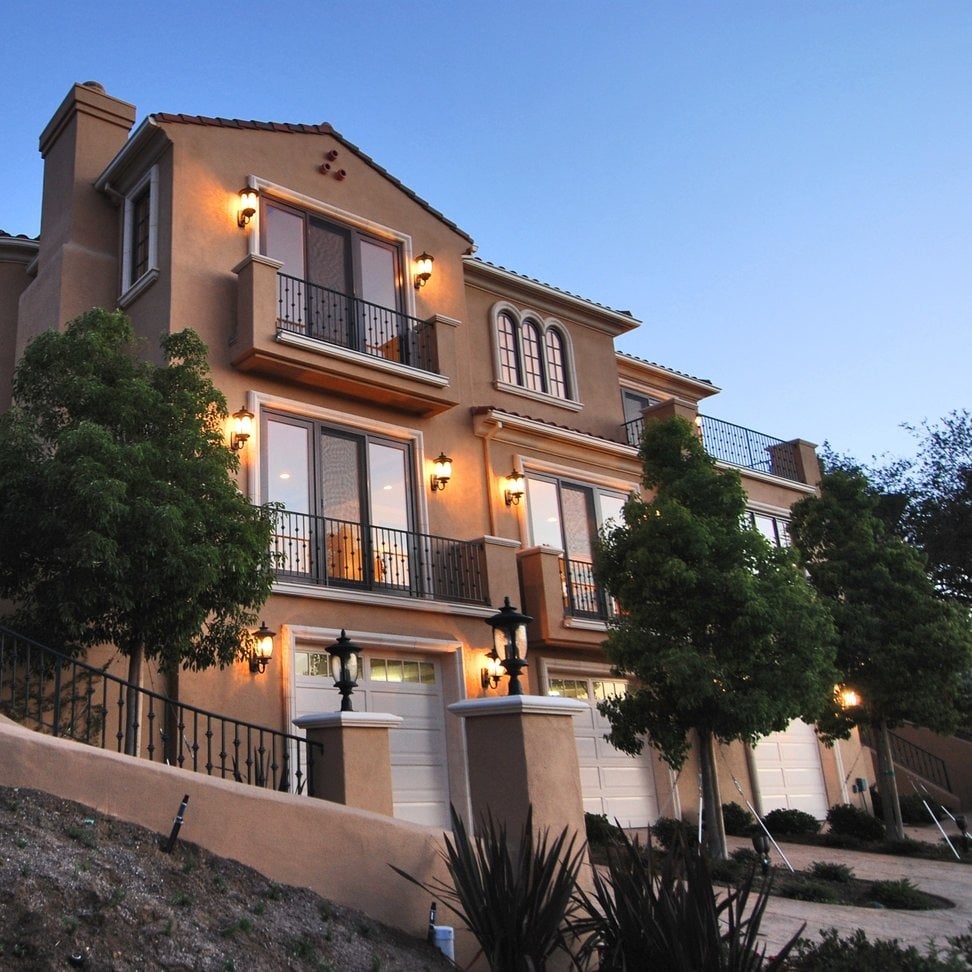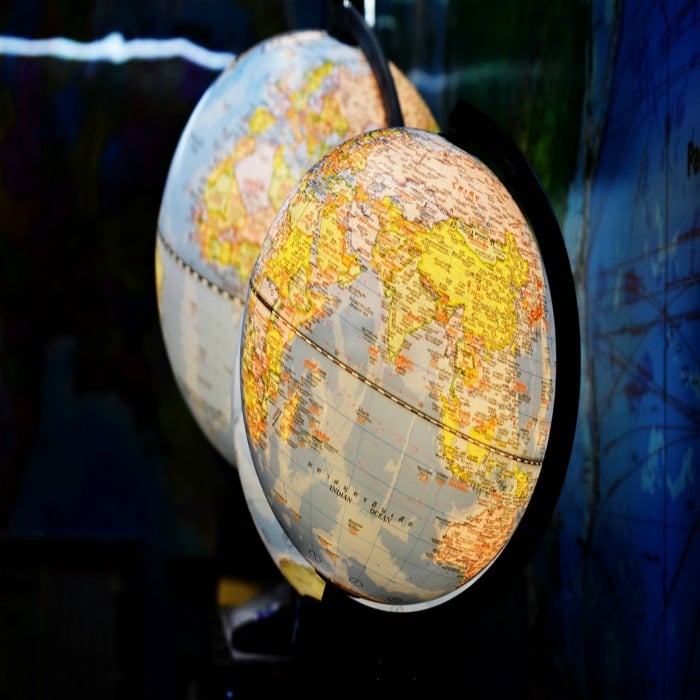Global growth shows the rate at which the global economy is either growing or falling. Global growth is important when understanding where the economy of the future is headed. The World Bank just decreased their 2019 expected growth forecast for the second time in the last 6 months. At the beginning of 2018, it was expected that the 2019 global growth was to be 3.1%, then in June, it was reduced to 3.0%. Most recently the projection has been reduced to 2.9%. While 0.2% can seem small, when put in terms of the entire global economy, that small reduction in future growth can have a significant impact on the global economy. The lead forecaster of the World Bank, Ayhan Kose, said the following about global growth, “When you think about the engines of the global economy, they’re all going to lose momentum.” This change is going to affect every major market across the country.
globalEDGE Blog - Page 72
Publish Date:
Looking ahead into 2019, with uncertainty in the world’s equity markets, many investors are viewing real estate as one of the safer markets to invest in. With that being said, here are three countries with some of the most promising outlooks for 2019:
Publish Date:
The globalEDGE monthly newsletter is a great way to keep up with our most recent international business updates. This month's newsletter, coming later this week, discusses recent updates to the country trade statistics and features a blog post by Andrew Menke about the Global Coffee Industry. Be sure to subscribe via the link below to receive the newsletter directly to your inbox every month.
Publish Date:
Watches have long been a staple accessory for both men and women across the globe, worn as both a fashionable piece to add to an outfit and a useful tool for keeping track of the time of day. The additional value watches create as a generational keepsake, and their tendency to be an item that can hold its value over many years makes watches favorable investments or gifts. With a variety of options from low to high price ranges, sport to luxury watches that feature varying materials, and newly popular smartwatches, the global watch market continues to do well despite the disruption that smartphones and similar technologies have caused.
Publish Date:
Taking into consideration cancellation and no-shows, airlines have always been overbooking flights in order to maintain a full flight and keep the prices low. Most of the time, predictions are accurate and all passengers are able to board the flight. However, on some occasions, passengers will be "bumped". Bumping also referred to as "declined-boarding", is when passengers are forced to give up their seats involuntarily. Before bumping passengers, airlines must first ask for volunteers in exchange for compensation. When there aren't enough volunteers, bumping takes place.
Publish Date:
Last spring the globalEDGE blog profiled the global coffee industry and the positive outlook for the $100 billion global industry. Now, less than a year later, a variety of factors are shaking up the industry in a major way that is dampening the outlook for some of the industry’s largest and most well-established players.
Publish Date:
China has successfully landed on the far side of the moon, something that no country has done before. This is a major step in challenging the United States' supremacy regarding space research and travel. President Xi Jinping has announced ambitious space travel goals, including a lunar base by 2025, the ability to man the facility by 2030, and a long-term goal of mining the moon for energy resources. With these announced plans, there is pressure mounting on the United States to continue to reach new solar milestones. Right now, the U.S. isn’t planning to return to the moon until 2023.
Publish Date:
With the holiday season approaching and the academic semester coming to a close the globalEDGE team would like to wish our readers happy holidays. We have enjoyed posting blogs and interacting with all of you on social media throughout the year.
Publish Date:
A necessary and functional accessory for students of all ages, day-to-day employees, and travelers across the globe, backpacks are widely consumed as a staple of transit and activity. With their versatility that a variety of uses—from storing school supplies, to holding electronics, to carrying clothes and food—backpacks provide users with many ways to tote their belongings and are one of the most invested in goods with total sales value projected to climb over 25 billion dollars in 2018, and increase to over 30 billion dollars by 2021. The backpack market currently holds a value of about 16-20 billion dollars and is expected to hold over 25 billion dollars in 2022.
Publish Date:
It is not easy for a company to expand internationally and achieve success at the same time. So, what is it about Apple, Google, Amazon, and global companies that make them the successful international businesses that they are today? How have these companies mastered their global marketing strategies and expanded beyond their initial customer bases? There are several traits that distinguish companies with accelerated global growth from smaller local companies.












